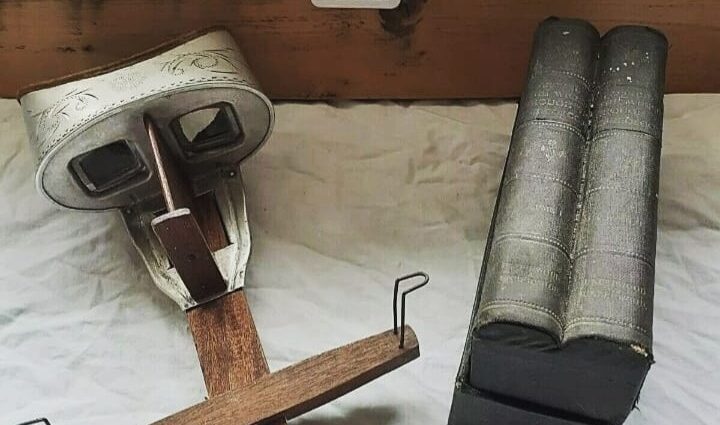The Stereoscope
The stereoscope was invented by Sir Charles Wheatstone in 1838. It was one of the earliest devices designed to create a three-dimensional illusion from a pair of two-dimensional images. Wheatstone’s stereoscope utilized the principle of stereopsis, which is the ability of the brain to perceive depth and dimension from the slightly different perspectives provided by each eye.
Wheatstone’s invention involved using pairs of hand-drawn images that were viewed through a special optical apparatus. Each image was slightly offset to mimic the perspective seen by each eye. When viewed through the stereoscope, the brain would combine these two images, creating a three-dimensional effect.
However, it was Sir David Brewster who popularized the stereoscope in the 1850s. He introduced improvements to the design and made it more practical for widespread use. Brewster’s stereoscope featured lenses and a folding design, making it more compact and user-friendly.
The stereoscope gained immense popularity in the 19th century as a form of entertainment and education. It was widely used for viewing stereographic cards, which featured pairs of photographs taken with a special camera rig. These cards depicted scenes from around the world, historical events, and everyday life.
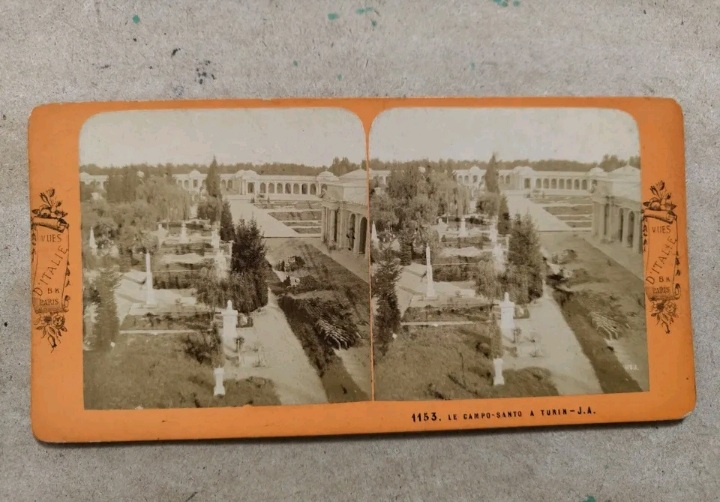
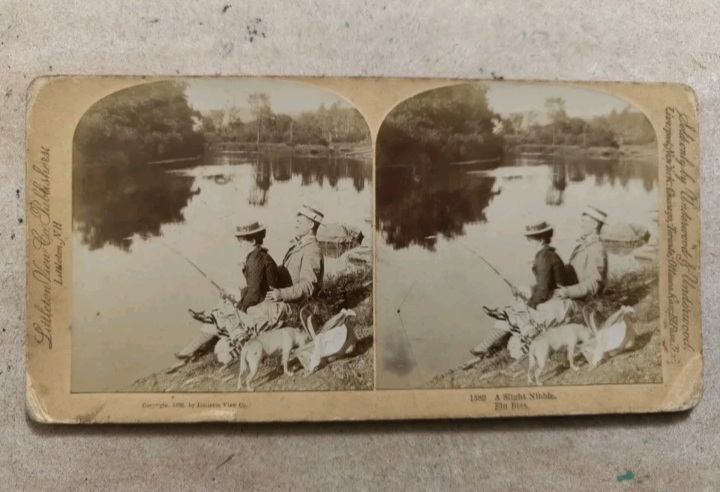
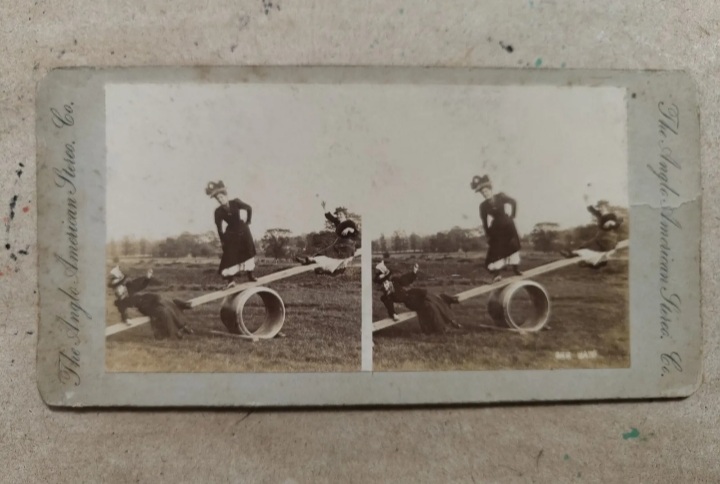
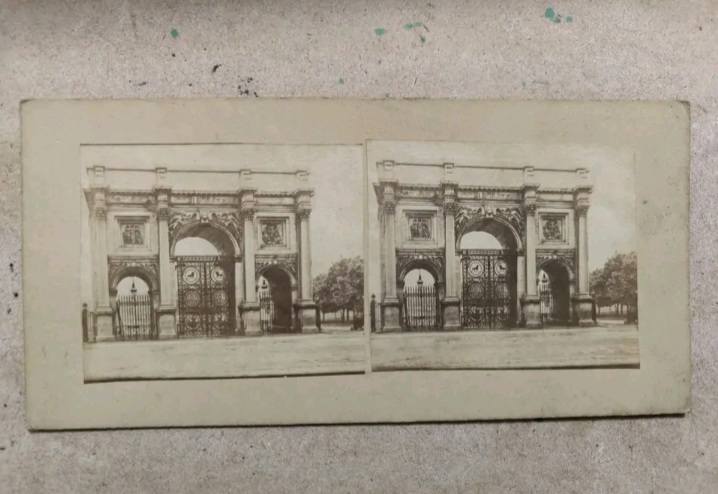
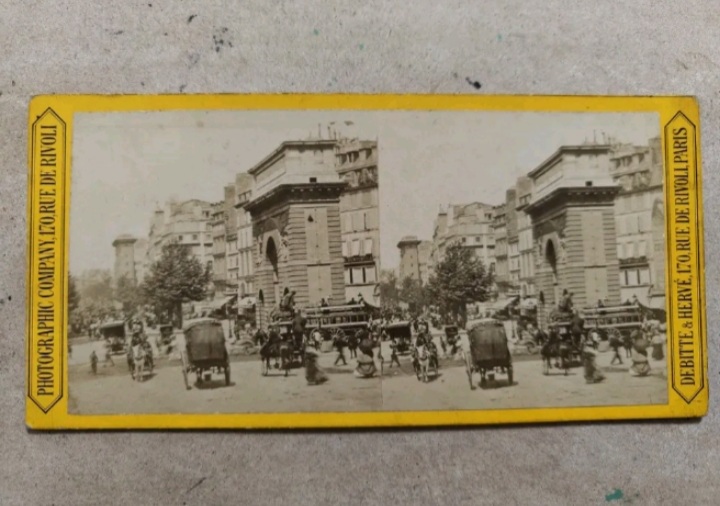
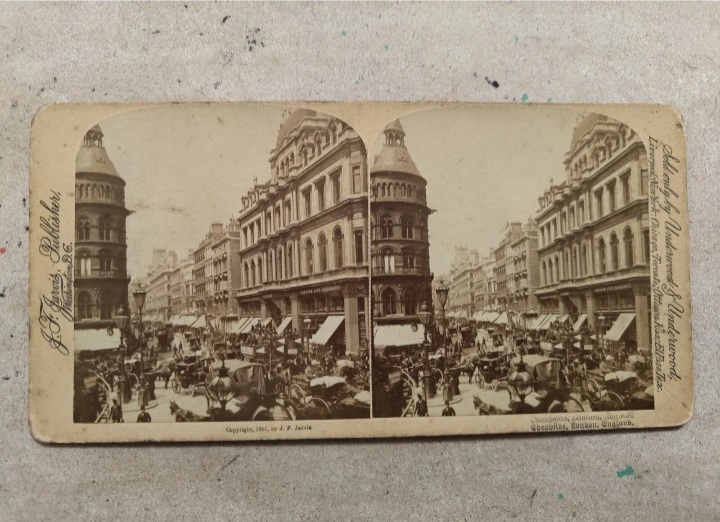
Making A Stereoview
In the 19th century, stereoviews were created through a photographic process that involved taking two nearly identical images from slightly different perspectives. These paired images, when viewed through a stereoscope, would create a three-dimensional effect.
Photographers used a special camera with two lenses mounted side by side to capture two images simultaneously. These lenses were positioned to mimic the distance between the human eyes, ensuring that the perspectives of the images closely matched what each eye would see.
From the negative, positive prints were created on albumen paper, which was a common photographic printing material of the time. The prints were usually small, typically around 3.5 by 7 inches, to fit the stereoscope viewers.
The prints were mounted onto stiff cardstock or other materials. The left and right images were positioned side by side with a slight separation, matching the spacing of the human eyes.
Stereoviews were often sold in sets or individually. They covered a wide range of subjects, including landscapes, cityscapes, historical events, and everyday life.
Experiencing The Stereoview
To experience the three-dimensional effect, viewers used a stereoscope—a handheld device with lenses that allowed each eye to see only one of the paired images. When a person looked through the stereoscope, their brain would combine the two images, creating a sense of depth and dimension.
Further information
We currently have a large amount of 19th Century cards for sale on our online shop. We have recently acquired some stereoscopes. Once these have been checked and catalogued they will be online for sale too.
